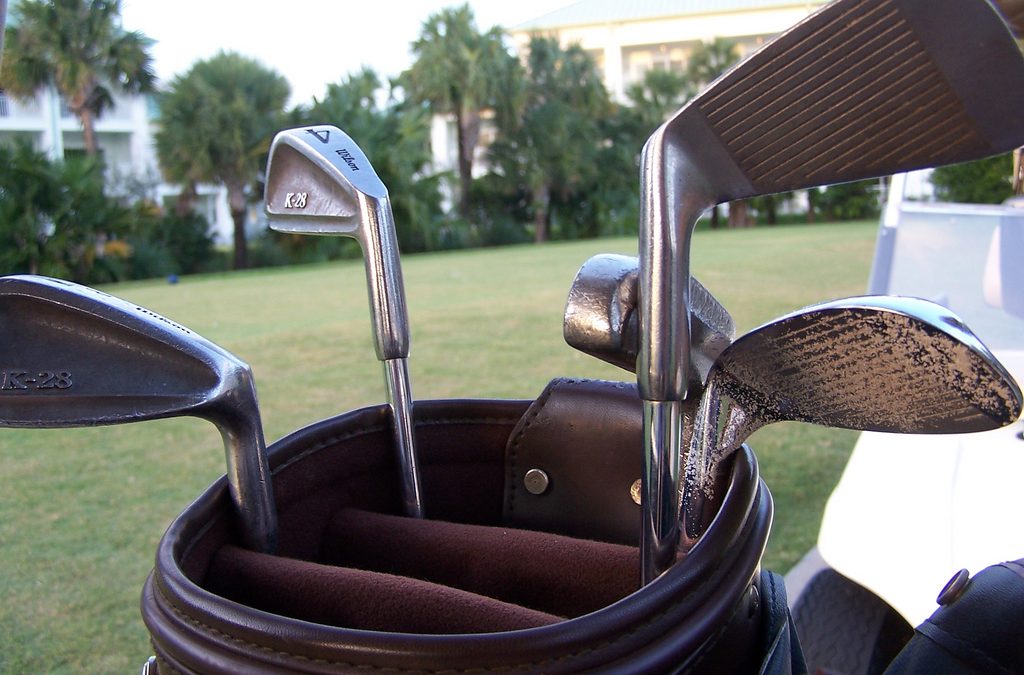If you are new to the game of golf, there are several basic essentials you will need to obtain and/or sharpen prior to hitting the links for the first time. Aside from proper clothing and shoes, the obvious first step in this process is obtaining the right golf club. A normal round of golf will require the use of several different types of clubs in itself, but how do you know where to start when you have not played a game before in general?
Here are a few quick tips for choosing the right golf club.
Starting simple
A mistake that some first-time golfers make is purchasing an expensive, sophisticated club right out of the gates, despite not having any significant playing experience to show for. Instead of falling into this trap (no pun intended), start playing with cheaper beginner-style clubs, or with clubs borrowed from a friend. There is nothing saying that you have to impress anyone during your first experiences with golf, and this notion should apply to your starting equipment as much as your starting technique.
Choosing the proper shaft
When purchasing your first club, make sure you are paying attention to the specific design of the club, including what the parts of the club are made of. Where club shafts are concerned, Golfweek suggests choosing clubs with shafts made of graphite or steel, as these shafts are generally more appropriate for beginners based on their weight and flexibility range.
Choosing the proper club head
Furthermore, your club should have an appropriate head for optimal performance in your early playing experiences. Golfweek recommends heads that are made of steel or titanium, or a combination of these two metals. These specific heads will make it harder for players to mishit, as they are especially large as a result of their lighter weight.
Progressing to better clubs
Finally, as your golf game begins to improve, slowly wean yourself off of the beginning club styles and makes mentioned in the previous sections. This process can be accomplished through fitting sessions, at-home practice routines with new clubs, and simple self-evaluation. The challenge here is making sure you do not make too much of a jump to advanced clubs, opting instead to favor a slow progression based on the gradual progression of your playing ability. Only move up to better clubs when you know you are ready to do so.

